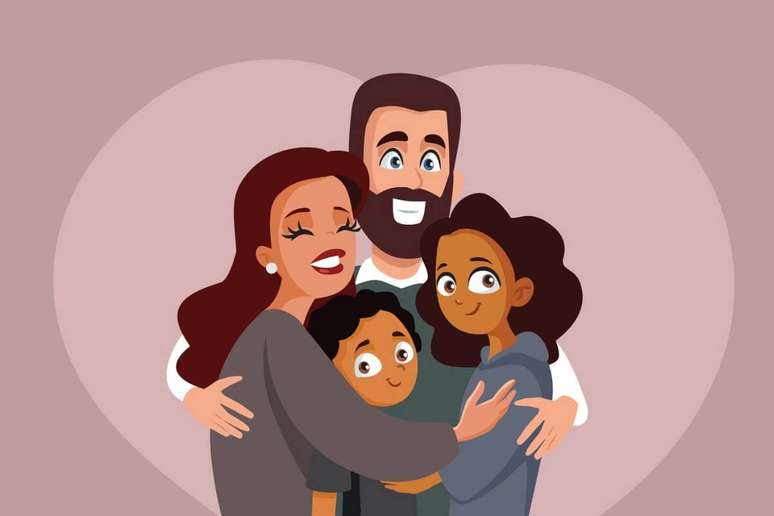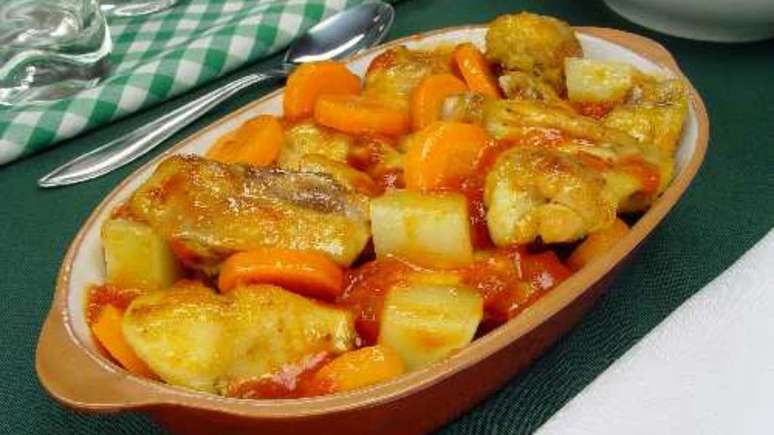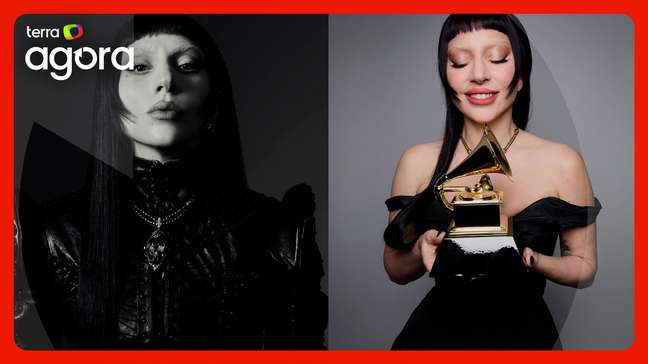The adoption of abandoned children shows that many parents are willing to welcome another being as he came into the world
Geninho Goes was ready to land in India in a matter of months. The mix of chaos and peace that the country is known for fascinated him. Until a phone call changed his path. On the other end of the line, the social worker said that the four brothers of Maria, 15, the daughter he and her husband adopted eight years ago, were awaiting adoption. “He wanted a recommendation from someone who might be interested. I looked at Duda and had no doubts. I said: we will adopt them,” he says.
After much crying and emotion shared by the couple, their daughter and the social worker, a new phase began in the family’s life. “There I realized that I no longer needed to go to India because India was coming to me,” reflects Geninho. “The experience of being a father is so transformative that it cannot be compared to the teachings of any book or guru. Children are great teachers for anyone who wants to learn. They put you in touch with yourself.”
Geninho and Eduardo Domingos Silva, known as Duda, report an intense inner discovery in the creation of the five children. Both lost their parents during childhood and find themselves giving new meaning to this absence by presenting paternal love to their children, who have suffered from violence and abandonment by their biological family. “It’s a cure for them and for us,” concludes Duda.
The main motivation for the adoption was the awareness of having so much love and that it was necessary to give vent to this feeling. “And it’s not about romance: love can be very demanding. It’s about accepting the other, putting yourself in his shoes”, says Geninho, recalling the tests that his children propose. Therefore, in addition to love and desire, he sees the need for psychological support, emotional maturity, time and space to devote himself to this creation, full of challenges, rewards and transformations.
Dismantling of prejudices
Adopting sibling groups, older children, black children, children with disabilities or health issues is often seen as atypical. This is because the demand is concentrated on up to two children, generally white and healthy. But stories like Geninho and Duda demonstrate the expansion of this spectrum.
According to the National Adoption and Reception System, in 2021 9.6% of adoptions involved children with health problems, compared to 2.3% two years earlier. The adoption rate of children with disabilities increased from 0.6% to 3% over the period.
The preparatory course, aimed at those who decide to adopt, is part of this increase. Jeniffer Aparecida de Oliveira and Julio Cesar de Oliveira are proof of this. After 17 years of married and not being able to get pregnant, they opted for adoption when they realized that it was not necessary to carry a child to be parents. “We were looking for two healthy children up to three years old. Not that it was wrong, but in our case it was pure prejudice,” she says.
Inside they imagined a house full of children, but the financial worry was great. From the course and from contact with other adopting families, the impossible became more real and they expanded their adoption profile. Until they adopted five siblings, ages 13 and 2. With the help of friends they were able to expand the house and equip it to accommodate their children.

Discover yourself in others
At school, 12-year-old Juan had specific learning difficulties. After investigations, he was diagnosed with autism and high abilities. “I thought he was very similar to me in many ways,” says Jeniffer, who decided to extend the investigation to all family members. It was then that she and her husband discovered that they were also autistic. Additionally, Julio has been diagnosed with ADHD (attention deficit hyperactivity disorder) and she has high abilities.
“At the beginning we chose healthy children because Fear and prejudice. Eventually we discovered that we are autistic too,” she reflects. “Everything started to go right. It was liberating,” Jeniffer says. For her, learning about atypical adoption is essential to opening her heart and mind on the topic. “Love goes far beyond the diagnosis. I wouldn’t trade any of my children for the world,” she says.
The mother of five emphasizes the importance of medical and psychological support in the process. “Adoption presents many challenges, especially at the beginning. We need a lot of help from the technical team. Without them it wouldn’t have worked,” she says. She continues the support of psychologists, psychiatrists and neurologists, in public and private networks. “The challenges we face together, as a family, make us even stronger,” Jennifer celebrates.
Transforming love into action
Adopted daughter, educator Marianna Muradas is the co-creator of Adoption Doulas Training, a project that provides emotional support to families during adoption, including atypical ones. She reminds you that the diagnosis of a child can occur both in a biological family and in one born through adoption. “They will both have to deal with the pain of their idealized child. We provide the doula with tools and information to welcome them,” she explains.
The candidates’ starting point is to ask themselves whether they have emotional, material and time reserves to care for the children, so that they can develop their potential without the risk of being abandoned again. “Adoption is not charityit’s a way of being a parent”, underlines Marianna.
When desire, availability and commitment coincide, atypical adoption experiences have the potential to bring to light the greatness of the love we feel and the ability to transform it into action. And this goes far beyond DNA.
Edited by Martina Medina – Vida Simples magazine
She is a journalist and isn’t thinking about having children at the moment, but these stories have invited her to revisit the topic in the future.
Source: Terra
Ben Stock is a lifestyle journalist and author at Gossipify. He writes about topics such as health, wellness, travel, food and home decor. He provides practical advice and inspiration to improve well-being, keeps readers up to date with latest lifestyle news and trends, known for his engaging writing style, in-depth analysis and unique perspectives.








